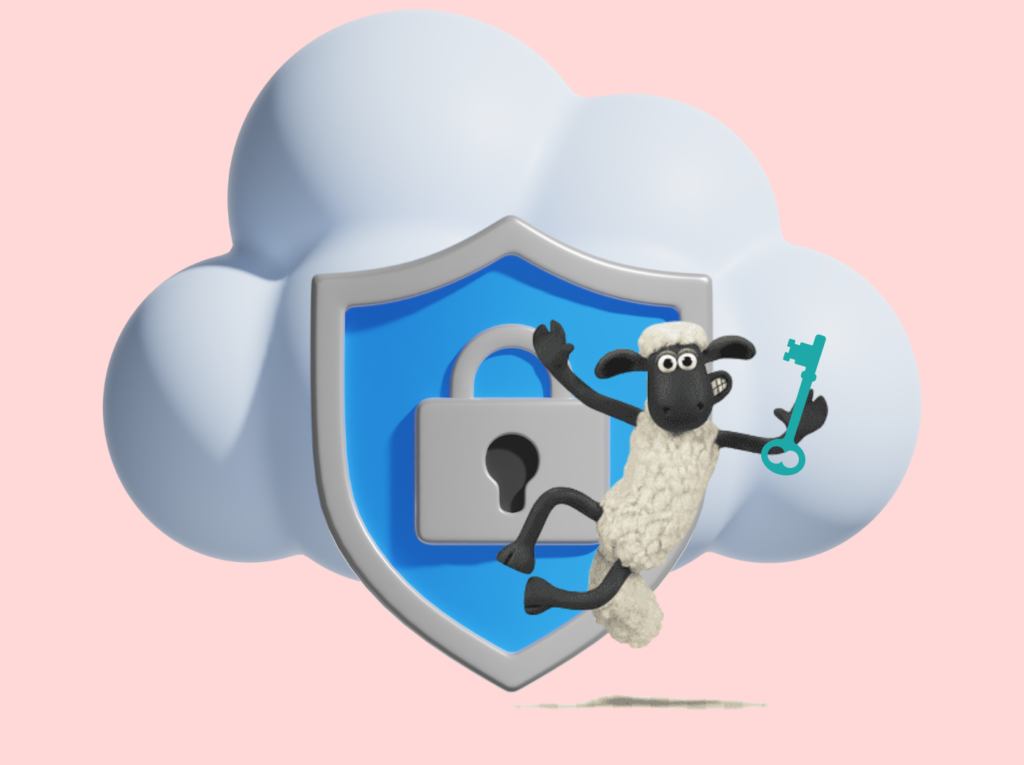
As businesses continue to shift their operations to the cloud, ensuring data security has become more critical than ever. With cyber threats evolving and data privacy regulations tightening, organizations must adopt robust security practices to safeguard sensitive information. Cloud security is no longer just an IT concern it is a business imperative. In 2025, companies need to stay ahead of emerging threats by implementing best practices that protect their cloud environments from breaches, insider threats, and compliance failures.
Top Threats in Cloud Security
Understanding the major risks associated with cloud computing is the first step in securing data. Some of the most pressing threats in 2025 include:
- Data Breaches: Unauthorized access to sensitive data due to weak security controls, poor access management, or compromised credentials.
- Misconfigurations: Incorrectly configured cloud storage, databases, or applications can expose critical information to cybercriminals.
- Insider Threats: Employees, contractors, or business partners with access to cloud systems may intentionally or unintentionally cause security breaches.
- Ransomware Attacks: Cybercriminals encrypt cloud data and demand a ransom for its release, disrupting business operations.
- API Vulnerabilities: Poorly secured APIs can be exploited by attackers to gain unauthorized access to cloud resources.
Zero Trust Architecture: Why It’s the Future of Cloud Security
The Zero Trust model is gaining traction as one of the most effective security strategies for cloud environments. Unlike traditional security models that assume trust within a network, Zero Trust operates on the principle of “never trust, always verify.”
- Continuous authentication: Users and devices must be verified at every stage of access.
- Least privilege access: Employees and applications only receive the permissions they need to perform their tasks.
- Micro-segmentation: Dividing cloud environments into isolated segments prevents lateral movement by attackers.
- Real-time monitoring: Advanced analytics and AI-driven threat detection continuously assess user behavior for anomalies.
Encryption Strategies: Protecting Data at Rest and in Transit
Encryption is a fundamental component of cloud security, ensuring that sensitive data remains unreadable to unauthorized parties. Best practices for encryption in 2025 include:
- Data at Rest Encryption: Storing encrypted data within cloud storage to protect against unauthorized access.
- Data in Transit Encryption: Using protocols like TLS (Transport Layer Security) to secure data moving between applications and cloud services.
- End-to-End Encryption: Ensuring that data remains encrypted throughout its lifecycle, from origin to destination.
- Key Management Best Practices: Securely storing and managing encryption keys using Hardware Security Modules (HSMs) or cloud-native key management services.
Identity and Access Management (IAM): Strong Authentication Methods
Effective Identity and Access Management (IAM) is essential for securing cloud environments. In 2025, organizations should implement the following IAM best practices:
- Multi-Factor Authentication (MFA): Requiring multiple forms of verification (e.g., password, fingerprint, OTP) to prevent unauthorized access.
- Role-Based Access Control (RBAC): Assigning user permissions based on job roles to minimize excessive access rights.
- Adaptive Authentication: Using AI-driven risk assessment to adjust authentication requirements based on user behavior and location.
- Privileged Access Management (PAM): Restricting access to high-risk accounts with additional security controls and auditing.
Compliance and Regulations: GDPR, HIPAA, and Other Security Standards
As cloud security risks increase, regulatory compliance is becoming a key focus for organizations. Some of the critical regulations in 2025 include:
- General Data Protection Regulation (GDPR): Governing how businesses handle EU citizens’ data, with strict penalties for non-compliance.
- Health Insurance Portability and Accountability Act (HIPAA): Protecting sensitive health information in cloud-based healthcare applications.
- ISO/IEC 27001: An international standard for information security management systems (ISMS) in cloud environments.
- Federal Risk and Authorization Management Program (FedRAMP): A U.S. government framework for securing cloud services used by federal agencies.
Organizations must stay updated on evolving regulations and implement cloud security practices that align with compliance requirements to avoid hefty fines and legal issues.
Conclusion: How Businesses Can Implement Strong Cloud Security Measures
To protect cloud environments in 2025, businesses should adopt a comprehensive cloud security strategy that includes:
- Implementing Zero Trust Architecture to enhance access controls.
- Using encryption techniques to protect data at rest and in transit.
- Strengthening IAM policies with multi-factor authentication and role-based access control.
- Regularly monitoring cloud activity with AI-driven threat detection systems.
- Ensuring compliance with industry regulations to meet legal and security standards.
By staying proactive and leveraging the latest security technologies, businesses can mitigate risks, safeguard their data, and build a resilient cloud security posture in 2025 and beyond.
